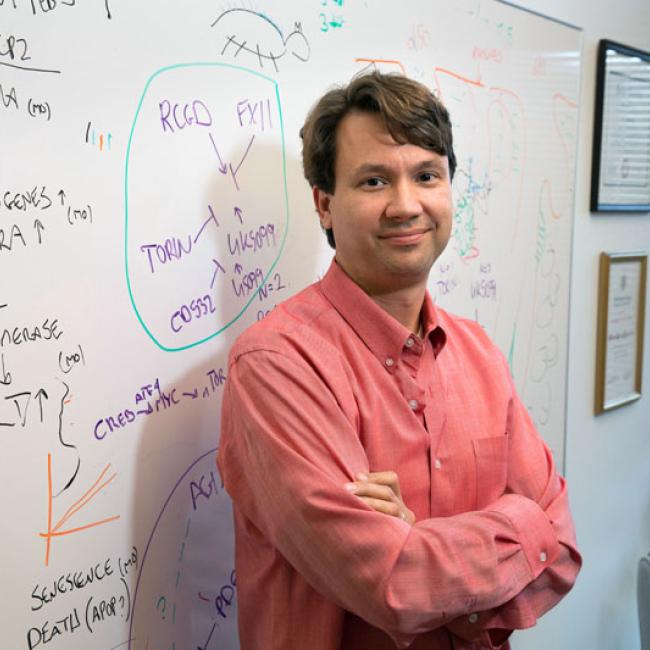UCLA stem cell scientists make active motor neurons from human induced pluripotent stem cells
Stem cells scientists at UCLA showed for the first time that human induced pluripotent stem (iPS) cells can be differentiated into electrically active motor neurons, a discovery that may aid in studying and treating neurological disorders.
Additionally, the motor neurons derived from the iPS cells appeared to be similar in function and efficiency to those derived from human embryonic stem cells, although further testing needs to be done to confirm that. If the similarities are confirmed, the discovery may open the door for new treatments for neurological disorders using patient specific cells.
The study was published in the early online edition of the journal Stem Cells.
“It is clear from the literature that you can make at least immature versions of many different kinds of cells from human iPS cells,” said William Lowry, a Broad Stem Cell Research Center scientist, an assistant professor of molecular, cell and developmental biology and senior author of the study. “But there is not a lot of data published describing the generation of fully functional cells from human iPS cells.”
Lowry and his team used skin fibroblasts and reprogrammed them back into an embryonic state, with the ability to differentiate into any cell type in the human body. They then took those cells and differentiated them into motor neurons.
Neurons are the responsive cells in the nervous system that process and transmit information by electrochemical signaling. Motor neurons receive signals from the brain and spinal cord and regulate muscle contraction.
The study demonstrates the feasibility of using iPS-derived motor neurons and their progenitors to replace damaged or dead motor neurons in patients with certain disorders. It also opens the possibility of studying motor neuron-related diseases in the laboratory to uncover their causes. Motor neurons are lost in many conditions, including spinal cord injury, Amyotrophic Lateral Sclerosis and Spinal Muscular Atrophy.
“A primary objective of human embryonic stem cell and human iPS cell technology is to be able to generate relevant cell types to enable the repair of tissue damage and in vitro modeling of human disease processes,” the study states. “Here, we demonstrate the successful generation of electrically active motor neurons from multiple human iPS cell lines and provide evidence that these neurons are molecularly and physiologically indistinguishable from motor neurons derived from human embryonic stem cells.”
Much may be learned from studying the iPS-derived motor neurons and comparing them to motor neurons derived from patients with neurological disorders to see how they differ. The next step for Lowry and his team is to combine the motor neurons with muscle cells to see if they can stimulate a response. If they do, researchers should be able to see the muscle cells contract.
The study was funded in part by the California Institute for Regenerative Medicine the state agency that administers Proposition 71 stem cell research funding, and was the result of a highly collaborative effort between Lowry’s lab and other UCLA Broad Stem Cell Research Center faculty including Bennett Novitch, Harley Kornblum and Martina Wiedau-Pazos.
